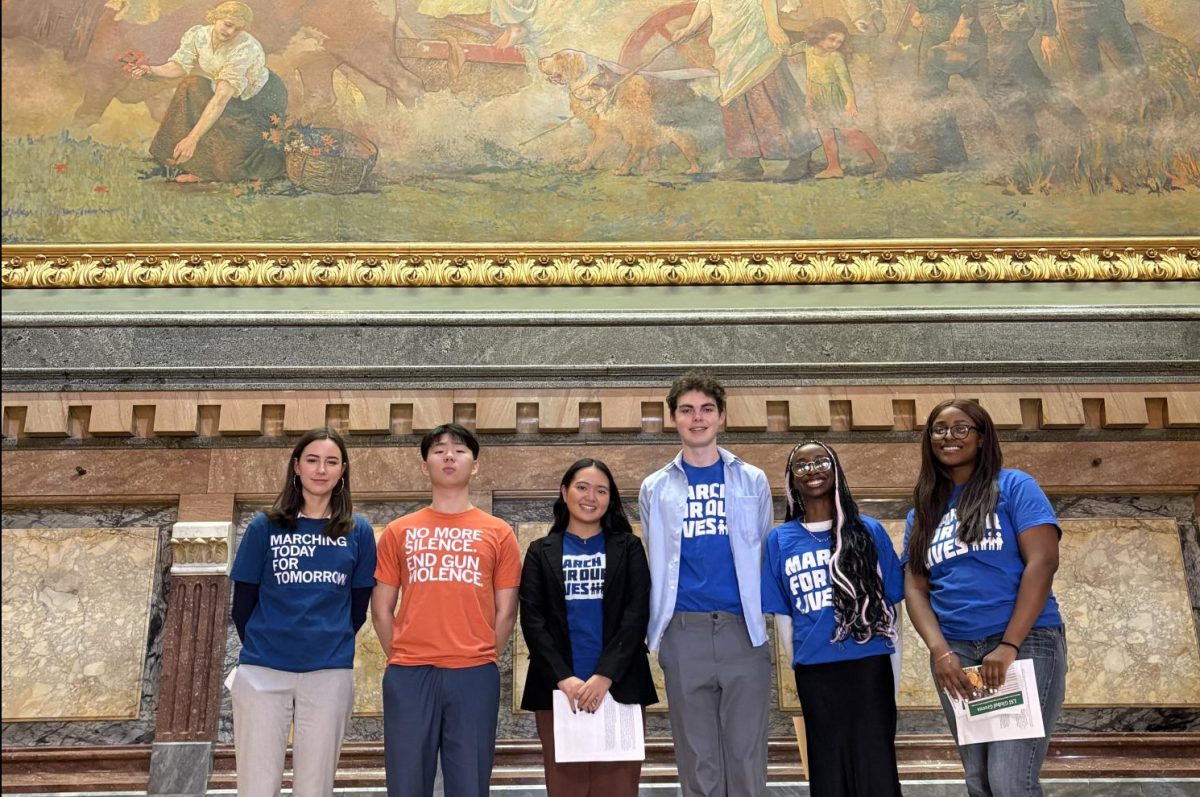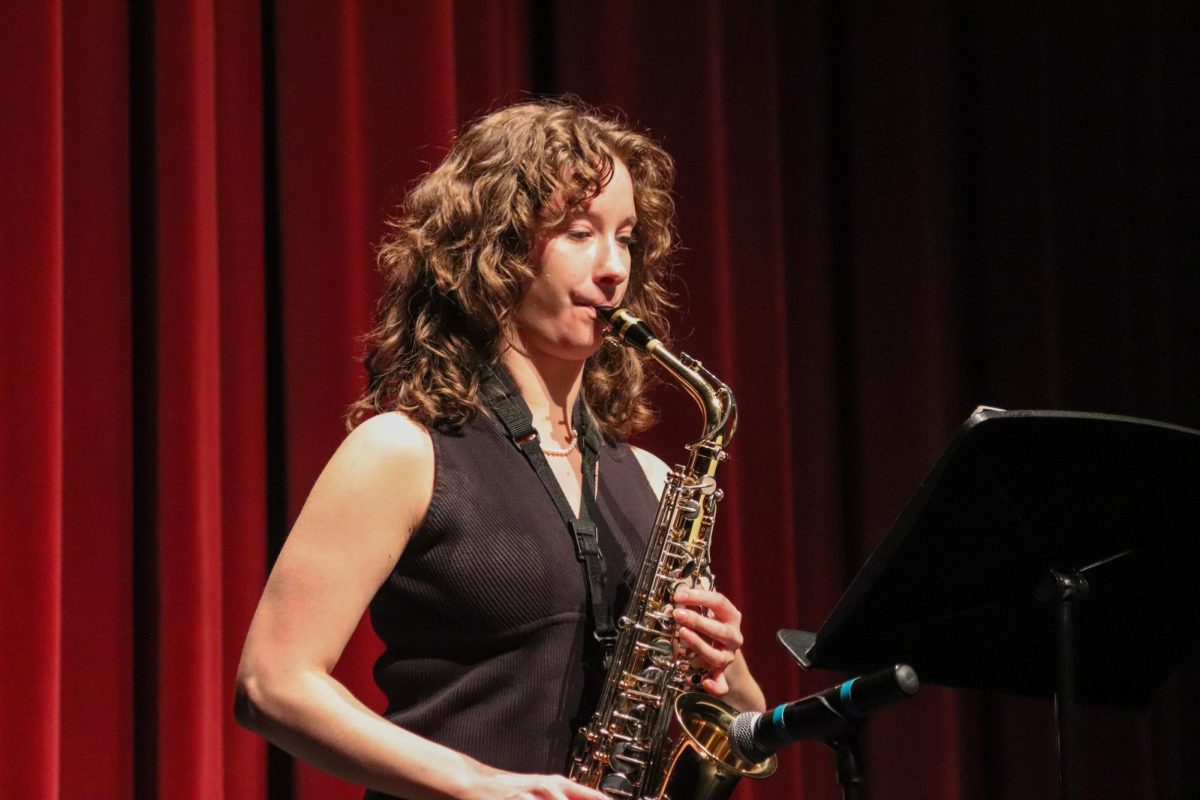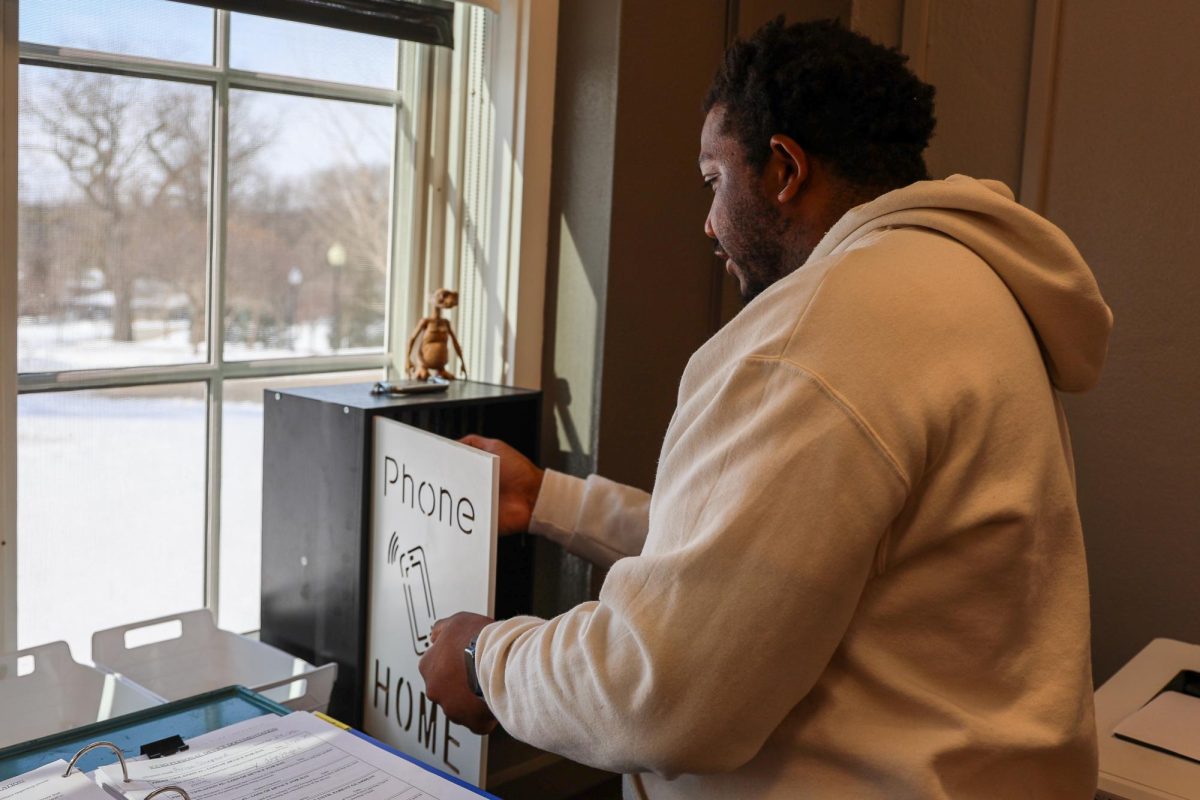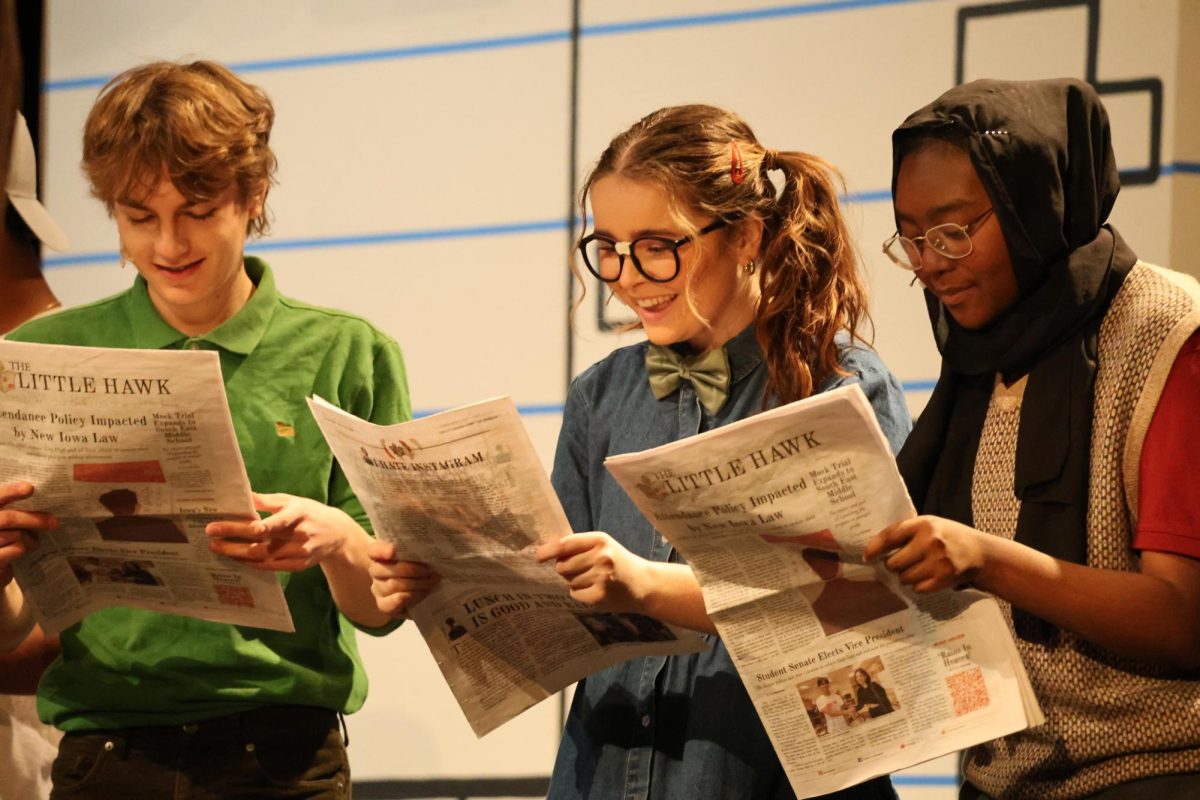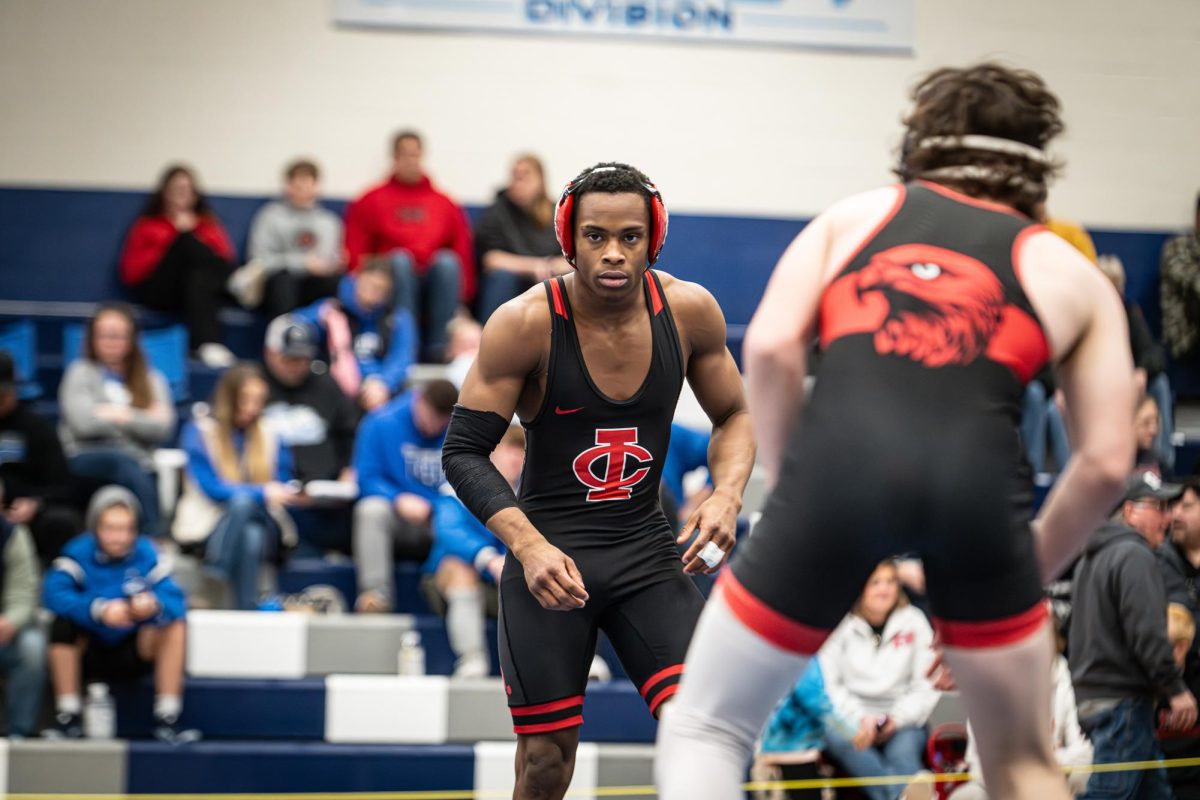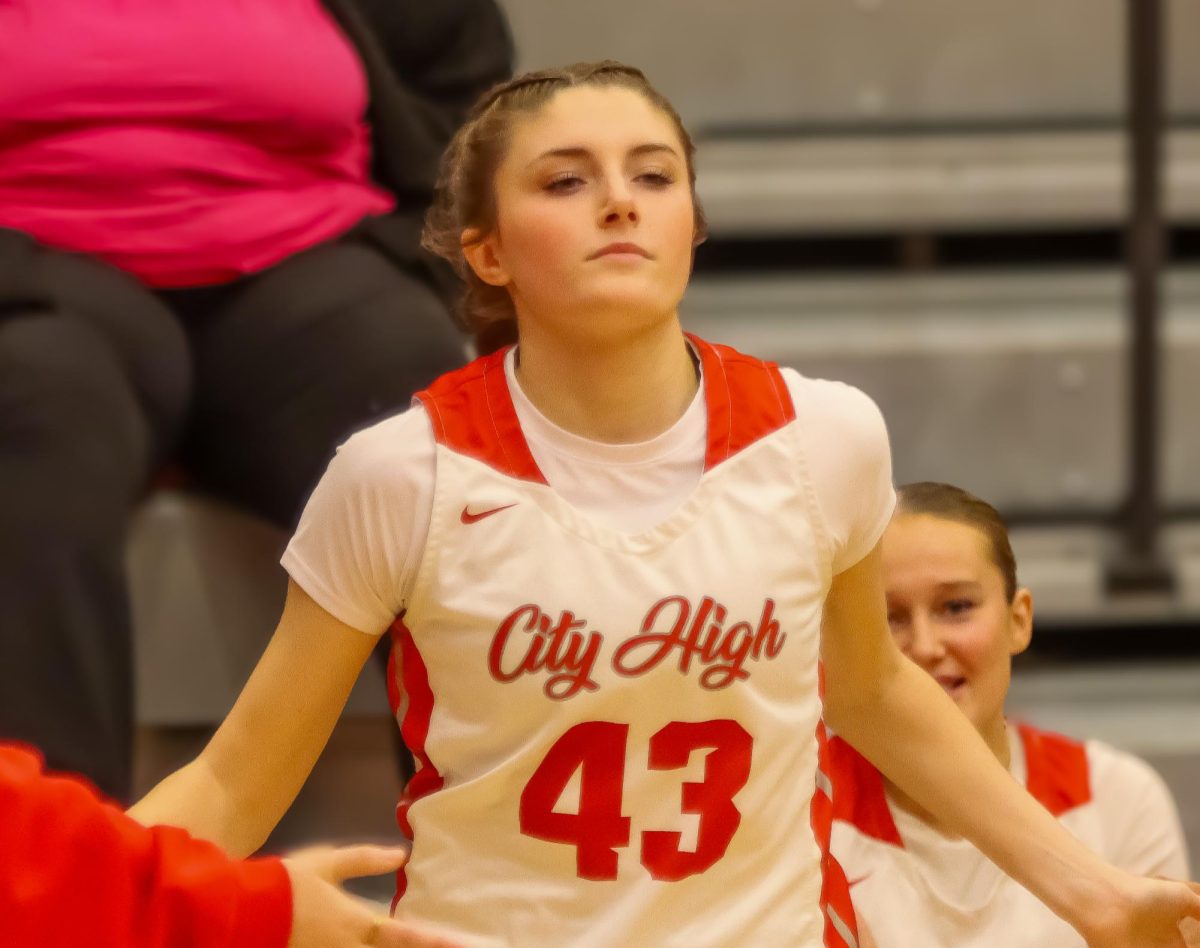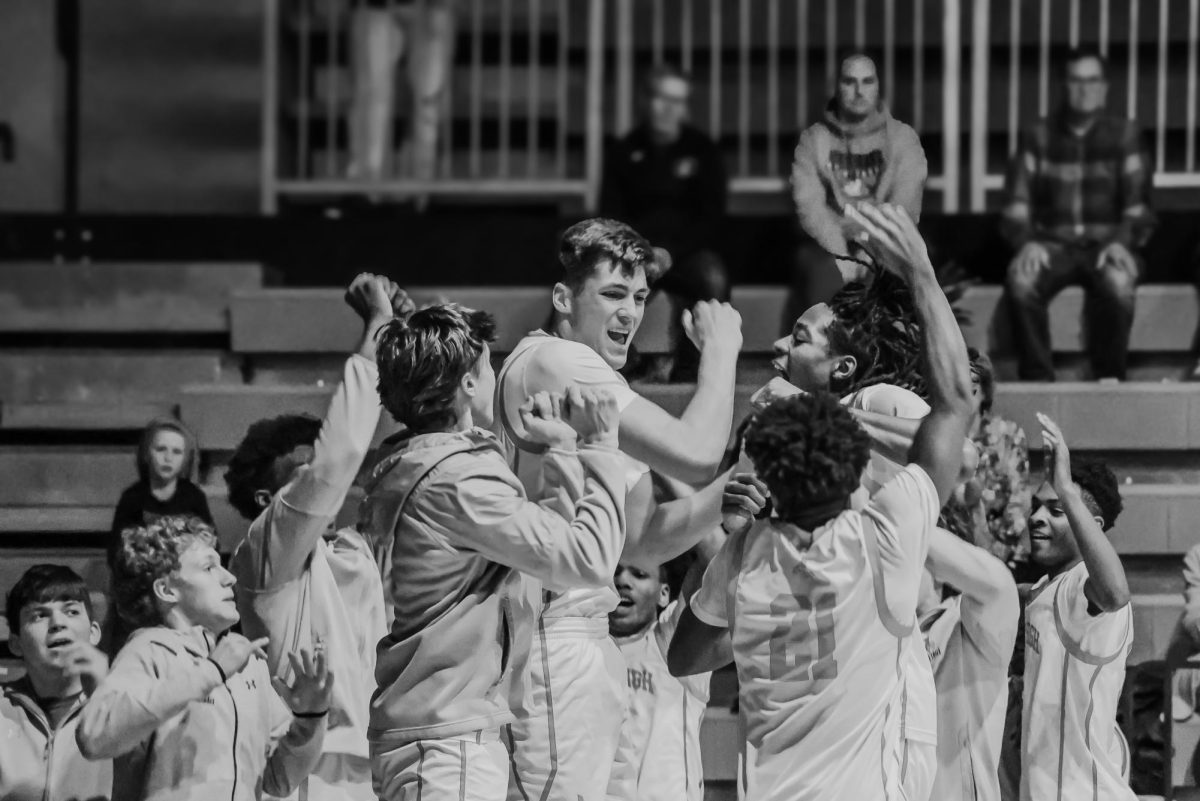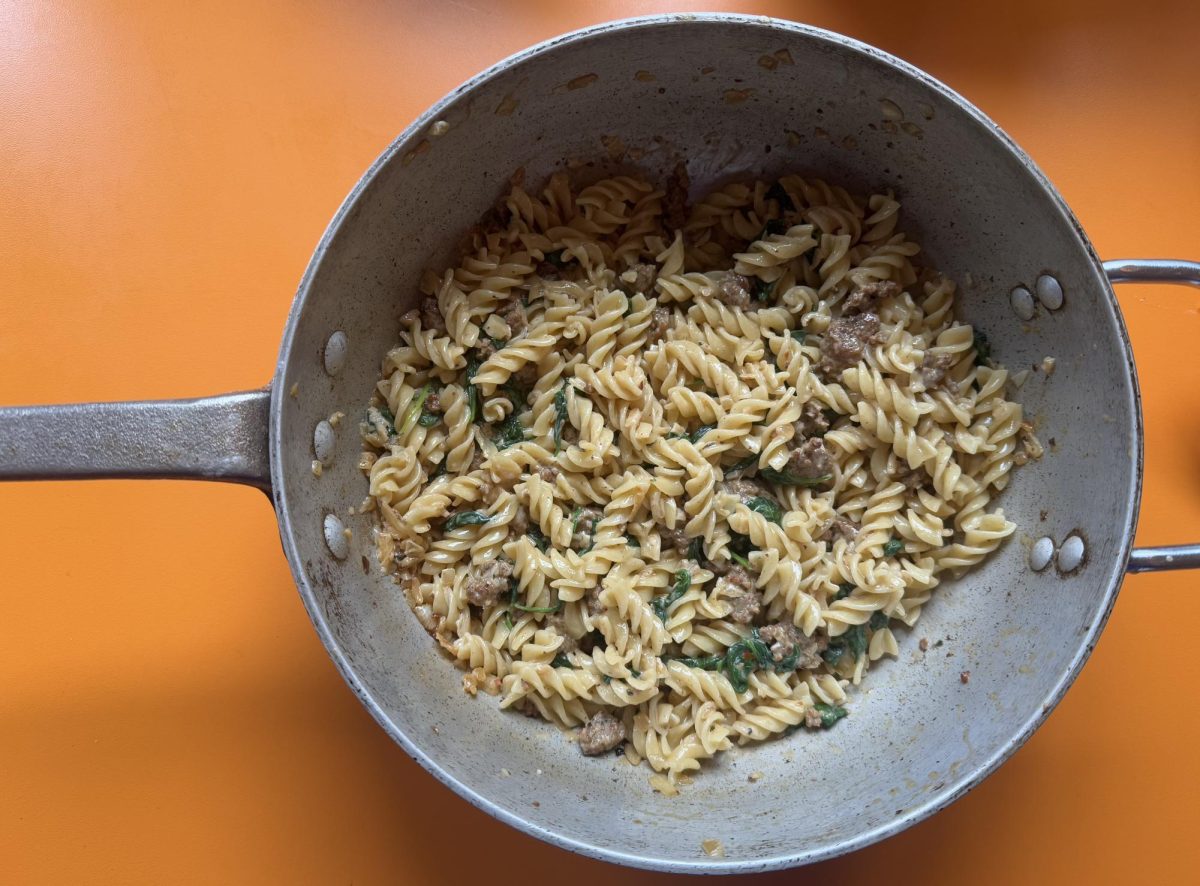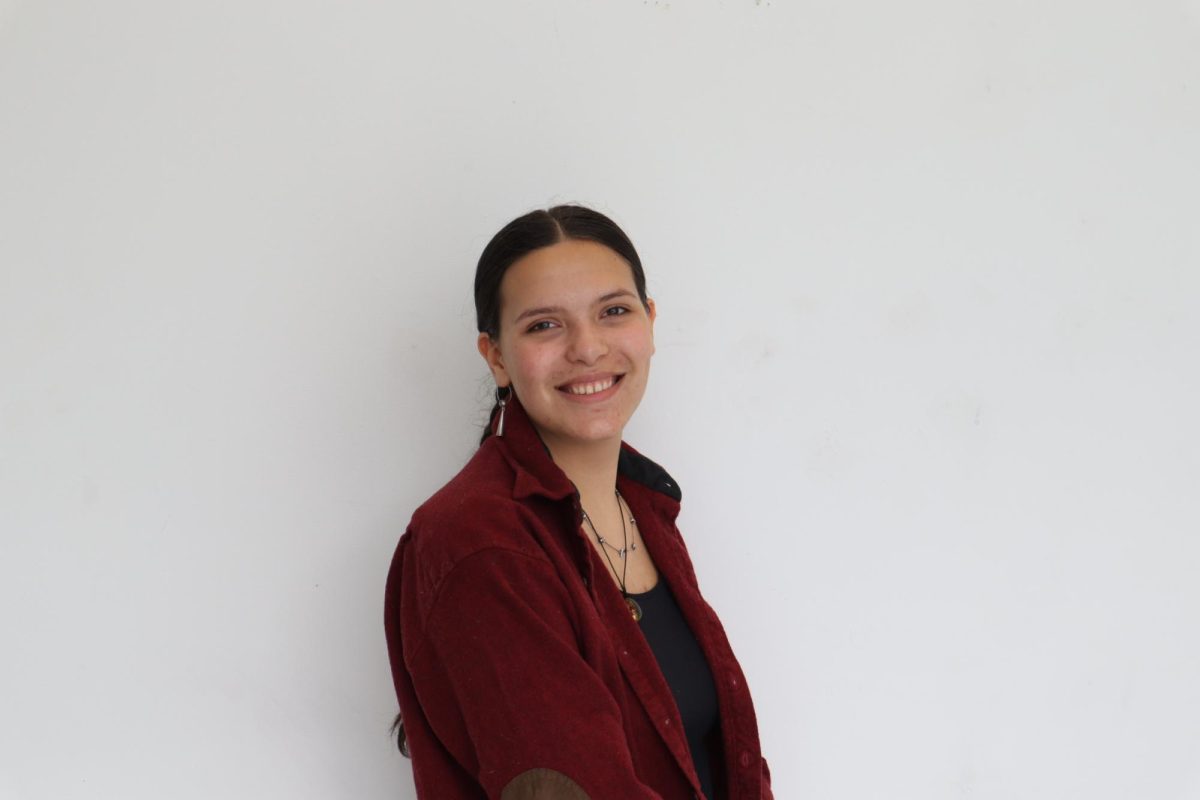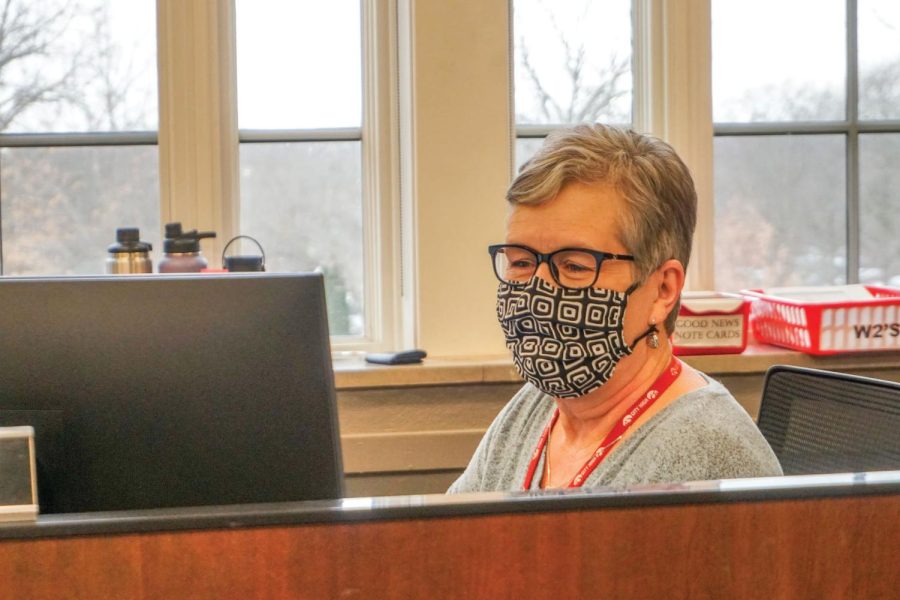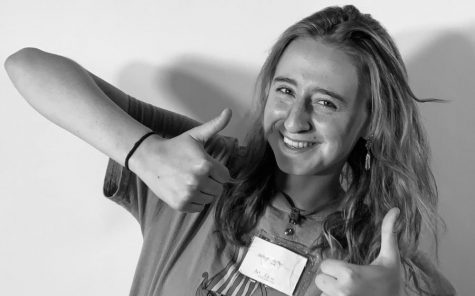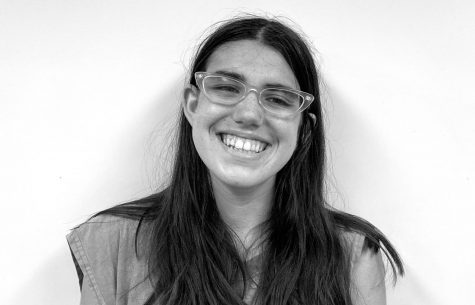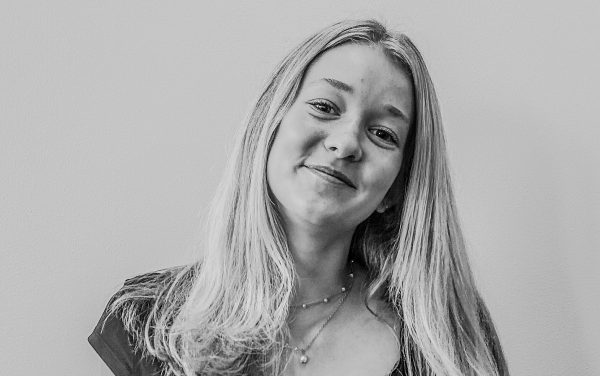Teachers Overworked with Added Risks
As teacher absences increase while sub-options are exhausted, the Iowa City Community School District makes strides to compensate teachers for covering during personal prep periods
Secretary Ann Hanrahan created a form to better manage the influx of absent faculty, as more staff are gone each day as a result of COVID-19.
February 7, 2022
Coming back from winter break, teachers faced the Omicron COVID-19 surge. Between juggling student absences, managing personal health, and covering for colleagues, there is a notable shortage of available teachers in City High’s classrooms. To respond to increasingly overworked staff, Iowa City Community School District (ICCSD) will now compensate teachers who use their prep periods for substitute teaching.
“The hardest thing from my standpoint has been the staffing of the building. I mean that is not easy. I give our teachers a great deal of credit for doing everything they can to be here each day for kids, our secretaries, and Carla and Shelley in the main office are heroes as far as I’m concerned. Our building could not be functioning without them,” Principal John Bacon said. “Every morning, they piece together a jigsaw puzzle of sub-sub coverage that is just remarkable to watch, if they are working with a limited number of substitute teachers. God bless those subs that come in here every day. I am so grateful to the substitute teachers that are willing to come, it’d be easier for them to just stay home and not expose themselves to classrooms full of kids with potential COVID-19 cases and things like that.”
Secretary Ann Hanrahan has observed that most absences are illness-related, pointing to a continuation of the staffing challenges during the pandemic. There is a multitude of reasons for keeping teachers from the classroom. Hanrahan further elaborates that staff either have COVID-19, are experiencing symptoms of COVID-19, are waiting for test results, have a family member waiting for test results, or need to stay home to watch kids. Hanrahan says that the abundance of staff absences has affected her daily schedule in visible but manageable ways.
“Almost every morning when I arrive, there are several absences that are unfilled,” Hanrahan said. “I have to immediately start putting the puzzle together for daily coverage. I have made a form to help put this all together because it can be crazy some mornings. I start with our building subs, see what their day looks like and how I can best utilize them. We are fortunate to have three amazing building subs. They are always up for whatever I throw at them. Once I have filled spots with them, I move on to filling in unfilled hours with other subs in our building. You have to see what hours they have a ‘prep’ time and see if they can fill any of these open hours. The next step is to use any non-classroom building-based staff to fill the open spots. This would be our Academic Support, IDS, Fellows, counselors, and librarians.”
Principal Bacon agrees that the number of staff absences far exceeds the number of subs available. Teachers have to create patchwork schedules together, typically choosing to use their prep periods to cover for a colleague’s absence, according to Bacon.
Recently hired English teacher Elizabeth Staak describes finding it difficult to understand her new job with new COVID-19 related layers built-in, such as managing student absences during a busy academic year.
“There hasn’t been a day this year where I haven’t had at least like five to ten kids missing. That makes it so hard to keep moving on,” Staak said. “It’s such an important part of the school to develop routines. The constant disruptions have been the biggest challenge.”
English teachers Borger-Germann and Staak have been asked to teach a class during prep periods on more occasions this academic year. To cope with the increasing pressures of their day-to-day job, both teachers report they have created a clearer divide between work and school. For Borger-Germann, it’s been more difficult to maintain a stable schedule, partly due to having to travel between buildings two days of the week.
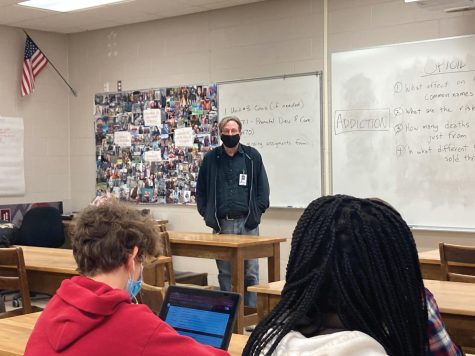
“I don’t think that we’re short-staffed. That is a rumor that has to get put to rest. We have a more robust staff than we have had in many years because COVID-19 money has allowed us to hire additional people in almost every department,” said Borger-Germann. “But we’re in the middle of a global pandemic. So we had 41 people absent from the building yesterday. That’s an insane amount of absences and our sub-pool is primarily older retired people who do not want to put themselves in the way of the virus. And so we have this sort of massive clash on substitute staffing.”
Adam Angstead, a building substitute teacher, typically covers for two to three absent teachers, sometimes up to ten on busy days. While it might make for a hectic school day, Angstead says he has no trouble keeping up.
“Everybody’s buried so deep in the COVID-19 mentality at this point,” Angstead said. “My job is not to teach so much as to try to provide continuity for the teachers so that when they get back they’re sort of still in vaguely the same place they were when they left. The more teachers that are gone all the time, the harder it is to do that.”
Despite the challenges his job has brought in the last couple of years, Angstead enjoys his job.
“It’s my favorite job I’ve ever had, even [with additional risks] I’ve been doing this for years. Even now. I can’t believe that. They just pay me to hang out with you guys,” Angstead said. “The school is awesome. Pretty much every kid in this entire school is super cool. So it’s a really fun job.”



